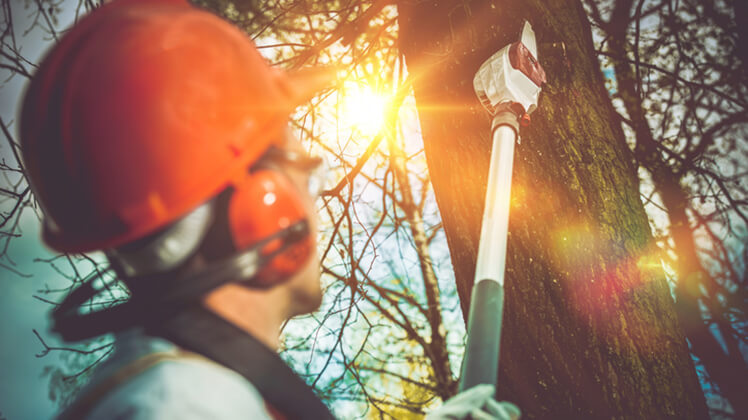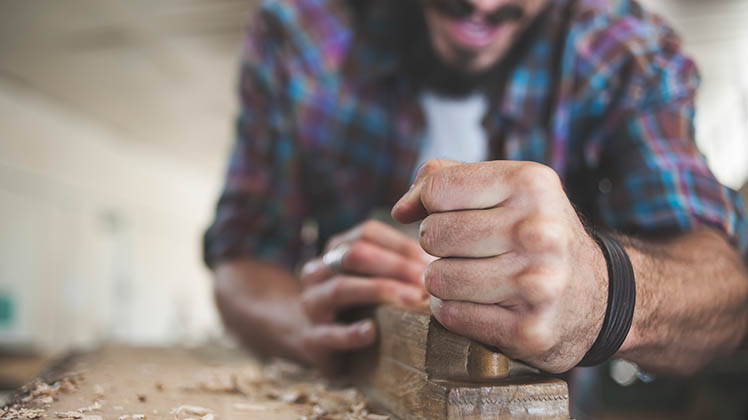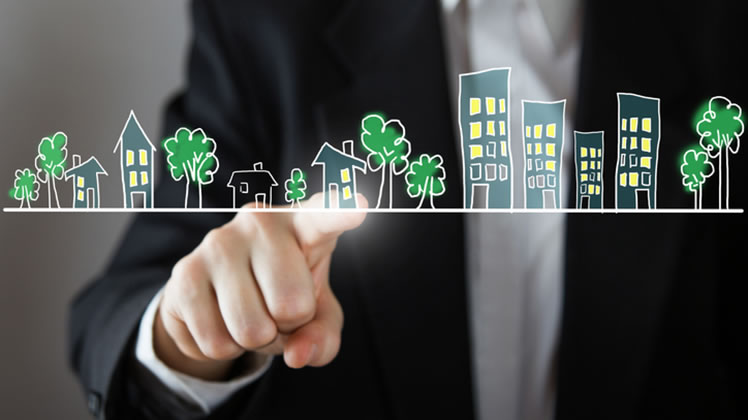How to safely remove a tree on your property

Established trees can enhance a property, so tree removal is generally a last resort. Given that a tree is a living organism – often a large and very heavy one – specialist skills are required even for partial removal jobs. Safe tree removal involves more than just a chainsaw and a couple of hours on a Saturday afternoon. Here’s what you should know before you start chopping.
Trees are an important part of the urban landscape. Just as a healthy, mature tree can add to the value and enjoyment of your property by offering shade and attracting birds, an unhealthy tree can diminish it, or even become a liability. Tree removal therefore has practical, logistical, health and safety, and horticultural dimensions.
Trees need to be removed for a variety of reasons. Your tree might be diseased, harbouring pests, at the end of its life or presenting some kind of obstruction or danger to infrastructure or human safety. Sometimes an expert prune can fix the problem, but when pruning is no longer sufficient, the next step might be removal.
The legalities of tree removal
Because of the heritage and environmental value of trees, most local councils have developed protection policies regulating their removal. Many residential areas are protected by planning controls that require a permit for vegetation removal or pruning. Often, local councils have audited trees in their area and identified certain trees as canopy trees or trees of significance. If a tree is subject to a council overlay, or listed as a significant tree or canopy tree, a tree works permit may be required to carry out work on or around the tree, even if it is on private land. If you’ve identified a tree on your property requiring partial or total removal, it’s worth checking to find out if it’s protected. Most councils make their tree policies and management guidelines freely available on their websites. Contact your local council to be sure of where you stand.
Seeking specialist advice
In most cases, it’s worth consulting a local tree specialist. An experienced arborist does more than just safely remove the tree; they can advise on tree care and take care of the legalities too, all as part of the service. Once you’ve located a reputable local arborist, ask them to visit you to provide a quote. This initial meeting is your opportunity to learn about the various elements of the job. Make sure the arborist is qualified, experienced, fully insured and acts in compliance with relevant local and state laws. Get more than one quote, check their references and examine the quote to determine what work is included in the price. The lowest quote isn’t always the best. Does the quote include clean up and disposal of materials? Is removal of the stump an additional cost? Does the quote specify start and end dates, or the hourly rate of additional work, if required? An arborist will investigate all tree management options before removing the tree. If necessary, your tree expert can recommend and undertake other tree care services,including insect and disease control options, cabling or bracing for additional tree support, and assistance with planning and risk management.
Removing the stump
In many cases, removing the tree will only be part of the job. The most infuriating task still lies ahead. If you’re left with a stump to remove, there are several ways you can do it yourself: by hand, with a grinder, treating it with chemicals, or rotting it. Each of these methods has its challenges and risks, so if you’re in any doubt, consult an arborist or a stump removal professional. Unless a tree is relatively small and has a shallow root system, removal can damage your property and cause serious injuries. It’s worth seeking out specialist advice for all but the simplest jobs.





